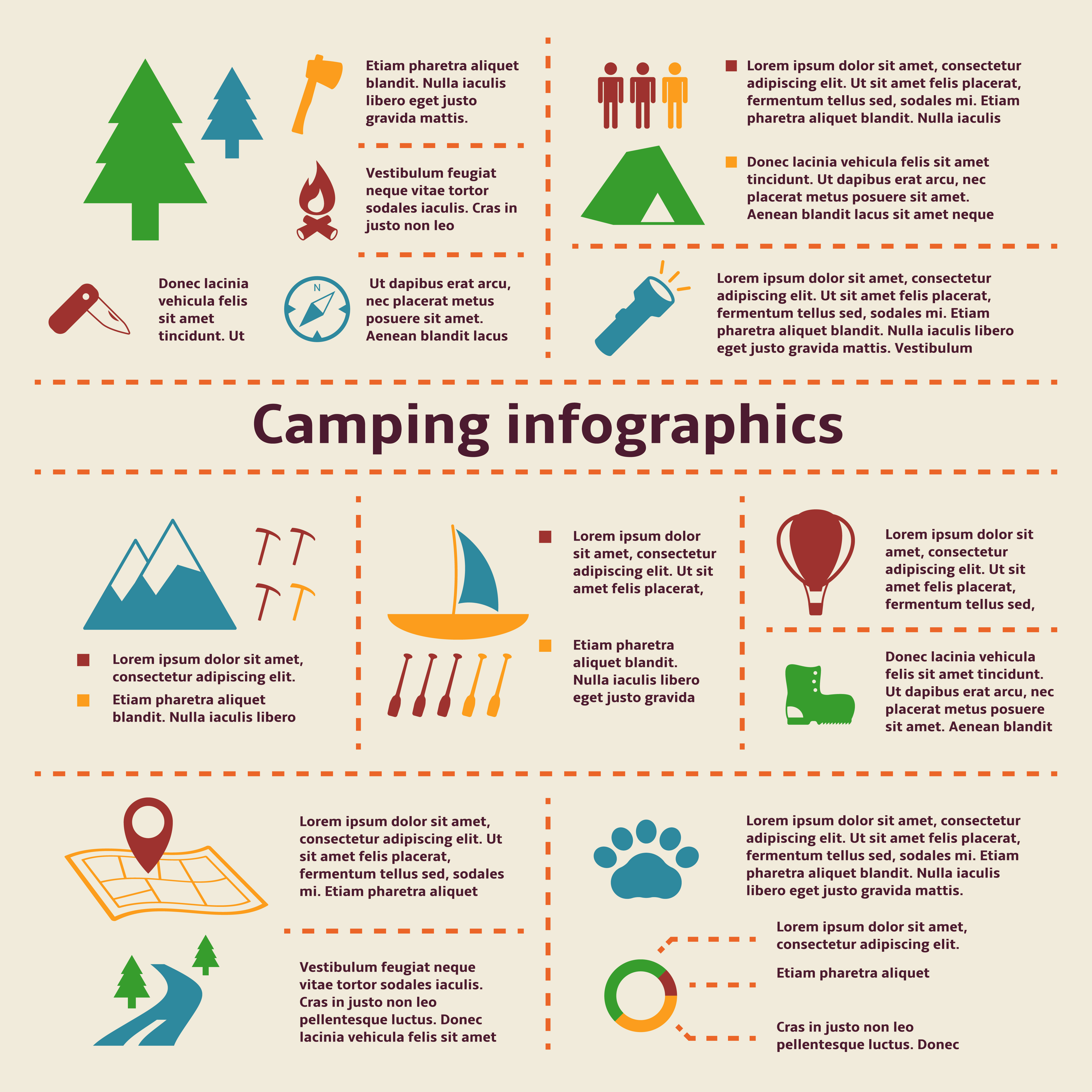Daydreaming can be a rewarding and enjoyable leisure activity. It promotes mindfulness and links us to nature, especially in immaculate atmospheres like remote hill tops and deserts where light pollution is very little.
Should I get a 1 or 2 person tent?
The most effective time to stargaze is throughout the fall and wintertime, when temperatures are milder and atmospheric conditions are extra stable. Bring a camping tent and resting bag to remain comfortable while viewing the stars.
Prepare Ahead
If you have not been stargazing for a while, it is necessary to get comfortable prior to you start searching for. Strategy in advance by wearing cozy garments, bringing added layers (even in high summer the UK can be freezing), and loading a thermos of something hot to consume.
When possible, find an area far from city lights. You'll be able to see more celebrities and earths without the interference of light contamination.
You do not need to bring a telescope or binoculars to delight in the stargazing experience, although they can aid you see even more information of celestial objects. You can also utilize your smartphone to identify earths, celebrities, constellations and galaxies with a stargazing application. Simply remember that the stars can be challenging to see on a brilliant phone display.
Bring Comfortable Clothes
When stargazing, it's necessary to clothe comfortably. Also in summertime, evenings can be cool, so wear layers and a hat to safeguard on your own from the components.
Consider bringing a thermos with hot chocolate or coffee to remain invigorated as you stare at celestial bodies. It also assists to have a canteen so you can remain hydrated while you observe.
Find an area far from city lights and near wide-open countryside. This will help reduce light contamination and make it much easier to see celestial objects. Preferably, attempt to plan your stargazing experience around the moment of a new moon or within 3 days before and after. This will give the darkest skies feasible, excellent for observing celestial objects and phenomena. Bring a map, compass or general practitioner tool to browse to your viewing location and prevent getting shed.
Bring Snacks
If you're going to be out in the elements for a very long time, be prepared with comfy seats and treats. You could stay for a few hours at the top of your stargazing experience, so having some chairs or coverings to rest on can make the evening extra delightful.
You might want to bring a headlamp, but if you do, be sure it's red so you don't disrupt various other stargazers with your routine light. Your eyes require to adapt to the darkness, and utilizing a routine light will certainly disrupt this process.
A flask of a warm beverage is likewise an excellent concept-- you can obtain relaxing in your covering with some tea, warm cocoa or perhaps coffee! Simply make sure to pack the commercial tents recyclable bottles so you're staying hydrated.
Bring a Telescope or Binoculars
Stargazing is an activity that involves standing in a dark place for long periods of time, so it is essential to ensure you are comfortable. A good way to do this is by bringing a reclining chair or covering to being in. This makes the experience extra delightful and permits you to concentrate on the celebrities rather than your hurting back!
For advanced stargazers, a telescope can be a terrific tool to have. A basic reflector or compound telescope can be enough to observe the moon's craters, the rings of saturn, and even some bigger star clusters and galaxies.
Binoculars are also an excellent alternative to telescopes. They are mobile, budget friendly, and easy to use, and can aid you see a great deal greater than what your naked eye can handle on its own.
Plan Your Journey
A successful stargazing experience requires mindful prep work. Dressing appropriately, bringing cozy drinks and comfy seating (like reclining chairs or outdoor camping coverings), and notifying somebody about your trip details and anticipated return time are essential for safety.
Choosing the right area is additionally vital. Seek dark skies locations that are far from light pollution-- like national forests or marked dark-sky books. And plan your check out during the new moon for the darkest skies.
Stay clear of making use of flashlights as high as feasible, since they hinder your capacity to see the stars-- and keep in mind that it takes 20 minutes for your eyes to re-adjust after each usage. If you do require to utilize a flashlight, think about covering it with red cellophane to preserve your night vision. Also, make certain to research study celestial occasions like meteor showers or eclipses.
What can I put on my tent floor?
